Petrological study on pottery from Lower Nubia
Disclaimer
The following pilot study reflects the author's research interests on Meroitic and Romano-Egyptian pottery, which he developed during his MA studies at the University of Southampton between 2008 and 2009. This pilot study helped the author to understand the material he used for his final MA dissertation, which was titled “An investigation of ceramic production in Meroitic Lower Nubia during the period of the Roman occupation in Qasr Ibrim”. In this article, the layout of his original assignment was modified to suit the needs of a brief online publication.
To avoid misunderstandings, the author decided not to upload his original assignment on the web due to certain copyright issues. His original MA assignment included illustrations and photographs taken from other authors' books; therefore, the intellectual property of third parties could not be republished. For the intellectual property rights of the primary archaeological material included in this online article, the author states the following:
At the time of writing of this paper in 2009, the author received permission from the Department of Archaeology of the University of Southampton, to study ceramic material from the Qasr Ibrim excavation and include it in his thesis and other relevant assignments. The ceramic material was at that time part of the Department’s teaching collection. Furthermore, the author received permission to sample specific artefacts and produce thin sections for the needs of his projects, which he then returned to the Department.
At that time, there was no written agreement between the author and the Institution forbidding the publication of his work. Furthermore, there was no formal or informal discussion between the author and the Institution's representatives, stating that the author did not have full intellectual property rights over his own essay, including the illustration of any material discussed in its text. For the above reasons, any reference to and discussion of the above archaeological material, including the original illustrations, photographs and photo-micrographs, which were produced personally by the author in 2009, are treated as the author's own intellectual property and are utilised according to the author's own will.
The author clearly states that the publication of his work on his personal website does not consist of a commercial activity and does not aim towards economic profit. By contrast, the author wishes his work to be publicly available for free and to be shared openly among those interested in reading it. Despite the author's efforts to produce a short journal article with his original material, it has been over twelve years that his work was never made publicly available for the purpose it was originally written for. The author states that this piece of work, which is the author's personal intellectual property, is now publicly available for free at the author's personal website.
Introduction
This paper presents a pilot study on two ceramic assemblages from the site of Qasr Ibrim in South Egypt. The paper was initially written in the form of an MA assignment in 2009 but was recently modified to an online article. The study provides a brief overview of how small ceramic assemblages are supposed to be examined, following the author’s personal approach, study and report guidelines. The pottery for this paper matches similar wares, which were recovered, identified and studied during the 1980 rescue excavation at Qasr Ibrim. The material for this project is currently stored at the Department of Archaeology, at the University of Southampton, which granted access for this project. The study focuses on fabrics with the use of thin section microscopy and discusses their technological properties and provenance.
Some preliminary fabric identifications took place on site during the 1980 rescue excavation by Prof. William Adams (ND) and the University of Kentucky; however, these identifications were held under extreme pressure with no sophisticated equipment. The present study is meant to supplement these preliminary identifications and detect any problems in the original approach, which might allow a more thorough re-examination of the material in the future.
Site location and historical information
Qasr Ibrim is a fortified hilltop settlement in today’s Lower Nubia. It is located 100km South of Maharraqa, the ancient site of Hiera Sycaminos, or 230km South of the modern city of Aswan. The site was once situated on top of a 75m cliff overlooking the Nile Valley; however, after the flooding of Lake Nasser in the 1970s, the site transformed to an island. The original settlement once occupied an area of 2 hectares; however, a large proportion of this site is now under the water (Adams 1983, 93-5).
Although Qasr Ibrim goes back to 8th century BC, its earliest recorded mention is in Strabo under the name Primis. According to the account, during the absence of Aelius Gallus on his campaign to Arabia (25/4 BC), the ‘Ethiopians’ surprised the Roman garrisons and took over Syene (Aswan) , Elephantine and Philae. In retaliation, the Roman governor Petronius campaigned against the invaders and after recovering the three cities, he reached Primis and captured it at first attempt. After that, he improved the fortifications and installed a garrison of four hundred men. Recent excavations have revealed different construction phases in the fortifications, most of which associated with a long-term Roman occupation of the enclosed settlement (Wilkins et al. 2006, 64-5).
The context of recovery
This pilot study examines two wares from Qasr Ibrim, which were first recorded in the 1980 rescue excavation at two points along the Western fortification wall. The context of recovery consisted of a dense mass of refuse, which had accumulated on the inner side of the fortification wall for almost a period of two centuries. The refuse deposits began during the Late Ptolemaic period, roughly after the first completion of the fortification wall; they continued until the 1st century AD, when the debris reached to a height of 4m, accumulated against the inner face of the wall. Due to this gradual accumulation, the fortification wall was heightened at least three times during its use. The extension works on the fortifications stopped when the site was finally abandoned by the Romans. Because of the rainless environment, the refuse deposits were rich in both organic and inorganic materials. In 1980, almost 35,000 fragments of pottery were recovered on site. Several fragmentary inscriptions on papyrus, a few ostraca and about two dozens of coins were used to date the deposits, which extended to a period between 100 BC and AD 100 (Adams 1983, 95-6).
The stratification of the deposits consisted of five levels. Level 5 was the lowest level, about 80cm deep, which represented the earliest construction phase of the fortification wall during the Late Ptolemaic period. Pottery in this stratified level was present but not abundant. Level 4, about 50cm deep, contained almost the same ceramic wares as in Level 5 and a large number of amphorae fragments, which were believed to be trans-Mediterranean. Organic materials suggested the presence of Roman armies. Level 3 was the softest of all stratified deposits; it was about 2m deep, containing similar wares with Level 4, large quantities of straw and dung. Level 2, about 50cm deep, mainly consisted of river cobbles, which had been deliberately piled up to serve as Ballista ammunition. Finally Level 1, about 50cm deep, contained pottery which was identified as Nubian. Such pottery was the same as ware types recovered from 1st century AD Meroitic graves in the local vicinity. Still, Roman-Egyptian types of pottery formed over 50% of the total ceramic assemblage (Adams 1983, 96-7; Adams 1985, 10-12).
Among almost 35,000 potsherds recovered from these five deposits, the archaeologists identified 28 types of previously recorded Egyptian and Nubian wares. Only few exceptions were classified as unfamiliar types. As noted in Figure 1, the total pottery was divided into eight major groups.

Figure 1: Percentages of ware types from the western fortification wall at Qasr Ibrim, 1980 rescue excavation, after Adams (1985, 14)
Among the above ware groups, two are included in this brief pilot study. The first ware group, which is noted as type ARA, is a dense, fine and hard pink ware without slip or any other form of decoration. It falls under the broader category of Aswan pink wares of Meroitic and later times noted in Figure 1. The fragments are believed to come from medium-sized table wares, which comprised between 1% and 2% of the total pottery recovered from Levels 2 and 5. The second ware group, which is noted as type BR, is a hard, polished black ware associated only with small drinking vessels. It falls under the broader category of fine black wares noted in Figure 1. It was recovered in small quantities in Levels 2 and 3 and does not resemble any known Nubian or Egyptian wares. According to Adams (1985, 12), its closest resemblance is to some Northern European wares of the 1st and 2nd century AD. This observation inspired the interpretation that such wares were brought by Northern mercenaries, who served as mercenaries in the Roman legions in Qasr Ibrim.
Local geology
Most rock formations in South Egypt are sedimentary. The most popular ones are the Nubian sandstone and the shelly limestone (Furon 1963, 152-65); however, the regional geology to the South-East of the Luxor-Aswan axis is slightly more complicated.
According to the geological analysis by Schülter (2006, 88-9) the main geological bed in Egypt consists of two main types of deposits. The Delta region and the banks of the River Nile consist of sands and other Quaternary sediments, formed during the Cenozoic period. The North Egyptian mainland and its extension to the Nubian desert along the West bank of the river consists of Cenozoic marine and non-marine deposits, which are primarily clastics, carbonates and gypsum. This relatively homogeneous geology changes to the East of the river, where different geological formations extend in a zone between the Luxor-Aswan axis and the coasts of the Red Sea. More specifically, the area around Aswan, which includes the shores Lake Naser and the site of Qasr Ibrim, consists of Cretaceous formations of the Mesozoic period, which are primarily clastics, phosphate and carbonate rocks. A small area to the South-East of Aswan consists of Precambrian granitoids, which are relatively distinct. Further to the East, the geological bed is supplemented by a combination of Metagabbro-Diorite complexes, Metavolcanic formations of regionally metamorphosed felsic to basaltic effusive and pyroclastic rocks, Gneisses and Migmatites. Such volcanic formations dominate the Red Sea coastline from the Gulf of Suez all the way South to Port Sudan (Schülter 2006, 88-9).
Previous thin sections of Roman amphorae produced in Egypt showed a slight variation of mineral inclusions in their fabrics, depending on the time of their production. Egyptian Dressel 2-4 amphorae, dating between the 1st century BC and the mid-3rd century AD, which were recovered around the shores of Lake Mariout in the Delta region, were found to contain frequent grains of quartz with some limestone, pieces of mica and small quantities of iron oxides (Keay and Williams 2005a). Late Roman Amphorae Type 7, however, dated between the 4th and 8th century AD, which were recovered from Oxyrhynchus, Hermopolis Magna, Antinoopolis, Akoris and Lake Mariout, contained frequent sub-angular quartz grains together with pyroxenes, flecks of muscovite and biotite mica, plagioclase feldspars and occasional limestone. Some samples displayed voids which once contained chaff or grass (Keay and Williams 2005b). This variability is likely to suggest that pottery production in Roman Egypt was subject to different fabrication practices, which might have represented different chronological and cultural traditions.
Previous work
Both groups of pottery, which are examined in this brief pilot study, have already been identified by Adams during the 1980 rescue excavation in Qasr Ibrim, “with no other technical means than a normal hand-lens” (Adams ND, 4). In his preliminary report, Adams (ND, 4) suggests that in any future analysis of the pottery, fresh brakes will need to be produced and examined under a more powerful lens to verify the details of his original fabric descriptions.
In his preliminary report, Adams (ND, 44-8) describes his Aswan pink table ware (current type ARA) as a wheel-made early variant of the typical Aswan pink ware of all subsequent Nubian periods. In Qasr Ibrim, this specific ware associates with small to medium-sized serving and cooking vessels with thin walls. The ware appears near the end of the Ptolemaic occupation of the site and comprises roughly 2% of the ceramic total in the Roman levels. Aswan pink table ware is made of mostly fine clay, possibly with some admixture of Nile mud. It is dense and adheres to temper particles. Its texture is medium to fine and hard. Its colour is generally light, pinkish tan or pinkish buff (Munsell signatures 5YR 6/4 and 2.5YR 5/6). It is highly abundant in solid tempers, which are mostly medium to fine particles of a black matter and less quantities of an opaque white matter. Sand is not conspicuous and no mica or organic temper is noted.
Adams (ND, 44-8) notes that the fabric variability of the Aswan pink table ware is only slight. The most frequent surface treatment of the sherds is a thin wash and only few bowls have thicker genuine slips. Their surface finish varies by form: smaller vessels usually exhibit a low surface-polish, while larger pots and jars are matte. The texture of smaller and open vessel forms is primarily smooth, while larger pots and jars appear to be gritty. The most popular forms of Aswan pink table ware are footed bowls, cups, goblets, plain bowls, plates, jugs and jars, which vary between small to medium sizes. Their wall thickness ranges between 3mm and 9mm, with an average of 5.6mm.
Painted decoration is extremely rare, restricted to plain and repeated body stripes. Relief decoration is common in some forms and totally absent in others. The natural colour of the sherds is dull orange-tan (Munsell signature 2.5YR 5/6), seen mainly on the interior walls of larger jars. Their wash is generally light red-orange (Munsell signatures 2.5YR 6/8, 5YR 6/6), while the interiors of some bowls have a dark cream wash (Munsell signatures 5YR 7/4, 5YR 7/3). Primary decoration is dull, dark, slightly purplish brown (Munsell signatures 10YR 4/1 and 10YR 3/1); secondary decoration is cream to dull pale yellow ochre (Munsell signatures 7.5YR 7/4, 7.5YR 8/6), occasionally in the form of plain wide bands covering the rim and the upper body (Adams ND, 44-8).
Adams (ND 44-8) concludes that Aswan pink table wares appear to be highly standardised in most of their characteristic features, indicating a single production centre. There also seems to be no geographical variation to this type; therefore, all pink table wares are probably made in Aswan. In his report, his basic problem is the insufficiency of the material for a full description. The period of its production and the area of its distribution could not be identified; however, its importation to Qasr Ibrim seems to have been during the later Roman occupation period. This conclusion is based on the fact that Aswan pink table wares are extremely rare in the earliest Roman levels and virtually absent in the Ptolemaic levels.
Further on in his preliminary report, Adams (ND, 51-4) describes his fine black ware (current type BR) as a wheel-made, hard, thin-walled ware with light grey paste and polished black surfaces. This is used for the production of small cups and goblets. According to the preliminary report, fine black ware is markedly dissimilar to all other types of pottery found in Egypt and Nubia, and perhaps represents Northern Roman traditions. The ware appears only in the upper Roman levels and comprises less than 0.5% of the total ceramic assemblage.
Fine black ware is made of very fine clay. It is fairly dense and adheres to various temper particles. Its texture is fine, medium-soft to medium-hard, and the colour its fracture is generally light, bright neutral grey (Munsell signatures 10YR 6/1 and 7.5YR 6/0). Fine black ware shows an apparent variability in solid tempers. The fabrics of such vessels are abundant of mostly fine black particles (some sherds contain fine white particles too) and sometimes larger black particles. The fabrics of some other specimens contain white particles only. Organic temper is not visible. According to Adams (ND, 51-4), the fabric variability of fine black wares is supposed to indicate more than one production centres.
Fine black ware forms are cups, goblets, bowls, open pots, flat plates and lamps, nearly all in small sizes. Their wall thickness varies between 3mm and 6mm, giving an average of 3.5mm. The surface treatment of most vessels is a rather thin slip or wash. The exteriors (and sometimes the interiors) carry a smooth, light polish and only one specimen carries high gloss. Painted decoration does not exist; however, relief decoration appears on some forms, which is mainly fine incised grooves. The natural colour of the sherds is dull, light grayish tan (Munsell signature 2.5Y 3/0), noted on the interiors of a few goblets. The slip is generally flat, dead-black-coloured (Munsell signatures 2.5YR 6/8 and 5YR 6/6). The interiors of some bowls carry a dark cream wash (Munsell signatures 5YR 7/4 and 5YR 7/3). Primary decoration is dull, dark, slightly purplish brown (Munsell signatures 10YR 4/1 and 10YR 3/1), while secondary decoration is cream to dull, pale yellow ochre (Munsell signatures 2.5Y 3/0 and 2.5Y 2/0). A few specimens carry a dark reddish brown slip (Munsell signature 2.5YR 3/2) which shades off towards yellow-brown (Munsell signature 7.5YR 5/4).
The fine black ware assemblage from Qasr Ibrin is scarce, which is problematic. Adams (ND, 51-4) suggests that the great majority of these vessels were probably made by a single workshop as no geographical variation is noted. Of course, the material is too scanty for an adequate description. Its production period could not be identified and its area of distribution is noted as exotic and certainly outside the Nile valley. Its period of importation in Qasr Ibrim is most likely the later Roman occupation period. Similar wares from northern Europe, which show partial relation with the fine black ware (e.g. ‘Belgic’, ‘Gallo-Belgic’ , ‘Rhenish’ and terra nigra), date in the 1st and 2nd century AD. From the Mediterranean area, there is only a single specimen from the Athenian Agora, which shows some degree of similarity (Adams ND, 51-4).
Some specimens of fine black ware were further examined in 1982 by Catherine Johns at the Department of Greek and Roman Antiquities of the British Museum. Donald Bailey, who used to be the head of the department at that time, wrote a letter to William Adams on 19th July 1982, presenting his conclusions after the analysis of his samples. According to the letter (Bailey 1982), fine black wares demonstrate fabric similarities with some lamps recovered from the same site, which are highly micaceous. Even though these pots could not be directly paralleled, the Department of Greek and Roman Antiquities concluded that fine black wares were most likely coming from the Western parts Asia Minor, perhaps from Ephesus. Their forms were identified as typically Roman, which used to circulate across many regions of the Roman Empire and their production date was the 1st century AD. The report also mentioned that such production employed reduced firing techniques; hence, the fine black colour of their exterior surfaces.
In summary, until today the analysis of Aswan pink table wares and fine black wares from Qasr Ibrim has established the following conclusions. First of all, both wares demonstrate limited technological and typological similarities. The analysis of their manufacture characteristics, popular forms, fabrics, surface treatment and decoration has clearly shown that both pottery groups represent different ceramic traditions. In relation to their fabrics, Aswan pink table wares are made of local clay, indicating an Aswani/Lower Nubian origin. Although fine black ware forms suggest typological similarities with Northern European Roman traditions, their fabric is particularly mica-rich, suggesting a production centre somewhere in Asia Minor, perhaps Ephesus. Whatever the case, previous analyses suggest that fine black wares are definitely imported to Qasr Ibrim from another part of the Roman Empire. The fabric differences between the two wares also suggests two different clay sources and two different fabrication traditions, which are noted in relation to their tempered rock fragments. Finally, the scarcity of both ware groups in all contexts is likely to suggest a limited importation of such pottery to Qasr Ibrim.
Questions set in the current project
The presence of the ‘exotic’ fine black ware in Qasr Ibrim raises a series of problems, which will be considered in the current pilot study. The preliminary examination of this material by Adams in 1980 was conducted on site, with no sophisticated technical means. The Northern Roman origin of fine black ware was mostly based on its typological characteristics, which might not be totally accurate. The post-excavation analysis of the same material by Catherine Johns and the British Archaeological Museum was conducted in a fully equipped laboratory; however, the Asian Minor origin of the material was again determined by comparison with existing samples from Ephesus. Furthermore, thin section microscopy, which might have offered more information on fabrication and mineral inclusions, was not conducted by the British Museum laboratories.
The above problems lead to the conclusion that the Northern European origin of the fine black ware needs to be confirmed with different techniques. Its origin is not certain and further examinations need be carried out. Due to the local character of most wares noted in Figure 1, it is possible that fine black ware is also locally produced, yet with a different firing technique compared to the majority of regional oxidised wares. To verify this assumption, this pilot study compares the fabric samples of Aswan pink table ware and fine black ware with the use of this section microscopy.
This comparison targets three specific questions, which form the core of this pilot study: (1) What is the mineral composition of the clays used for the production of Aswan pink table ware (current category ARA) and fine black ware (current category BR)? (2) Could the sources of their clays be tied to specific geological areas and how far are they in relation to Qasr Ibrim? (3) How does the new information alter our current perspective on the production of both ware groups?
Selected samples and descriptions
The current pilot study addresses the above questions by examining thirteen pottery samples from the aforementioned groups. More specifically the assemblage is divided in seven Aswani pink wares (ARA) and six fine black wares (BR).
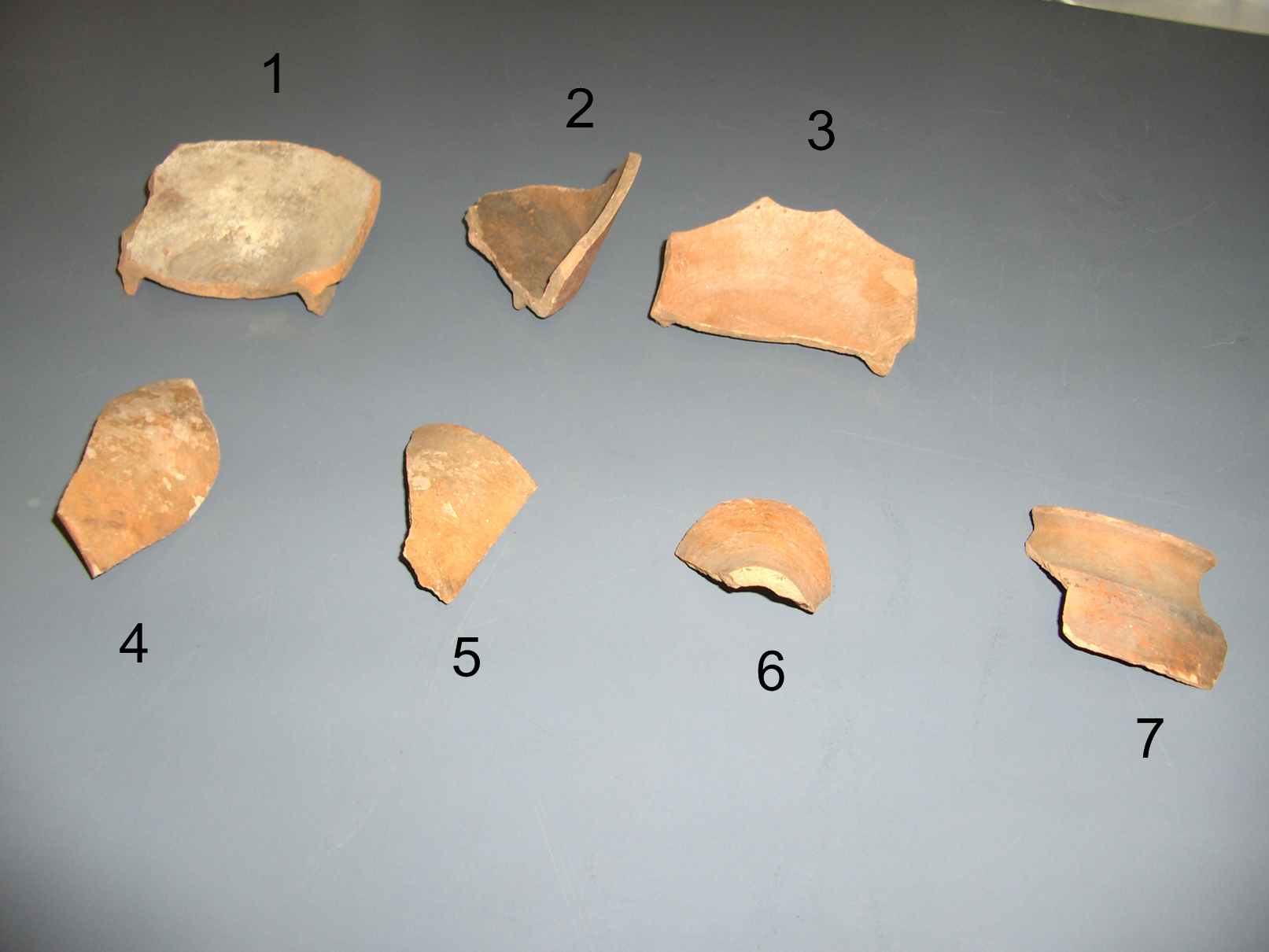
Figure 2: ARA ware samples examined in the current study
As noted in Figure 2, the Aswan samples are the following: ARA 1 is a ring base from a small open form, 6cm in ring diameter. The length of the sherd is 7.3cm and its wall thickness is 4.2mm. ARA 2 is a ring base, possibly from a small goblet, 8cm in diameter. The length of the sherd is 6.2cm and its wall thickness is 3.1mm. ARA 3 is a ring base from an open form, probably a plate, 8cm in ring diameter. The length of the sherd is 7.4cm and its wall thickness is 3.5mm. ARA 4 is a small fragment from the walls of a vessel, 6.8cm long, with an average wall thickness of 2.8mm. ARA 5 is a 5.2cm long rim from a small drinking pot or bowl, possibly 6 cm in diameter. Its wall thickness is 3.1mm. ARA 6 is a 3.8cm long curved part from the neck of a small liquid container. Its wall thickness is 3.6mm. ARA 6 is a rolled-out rim from a small vase, 7cm in rim diameter. The length of the sherd is 5.9cm and its wall thickness is 3mm.
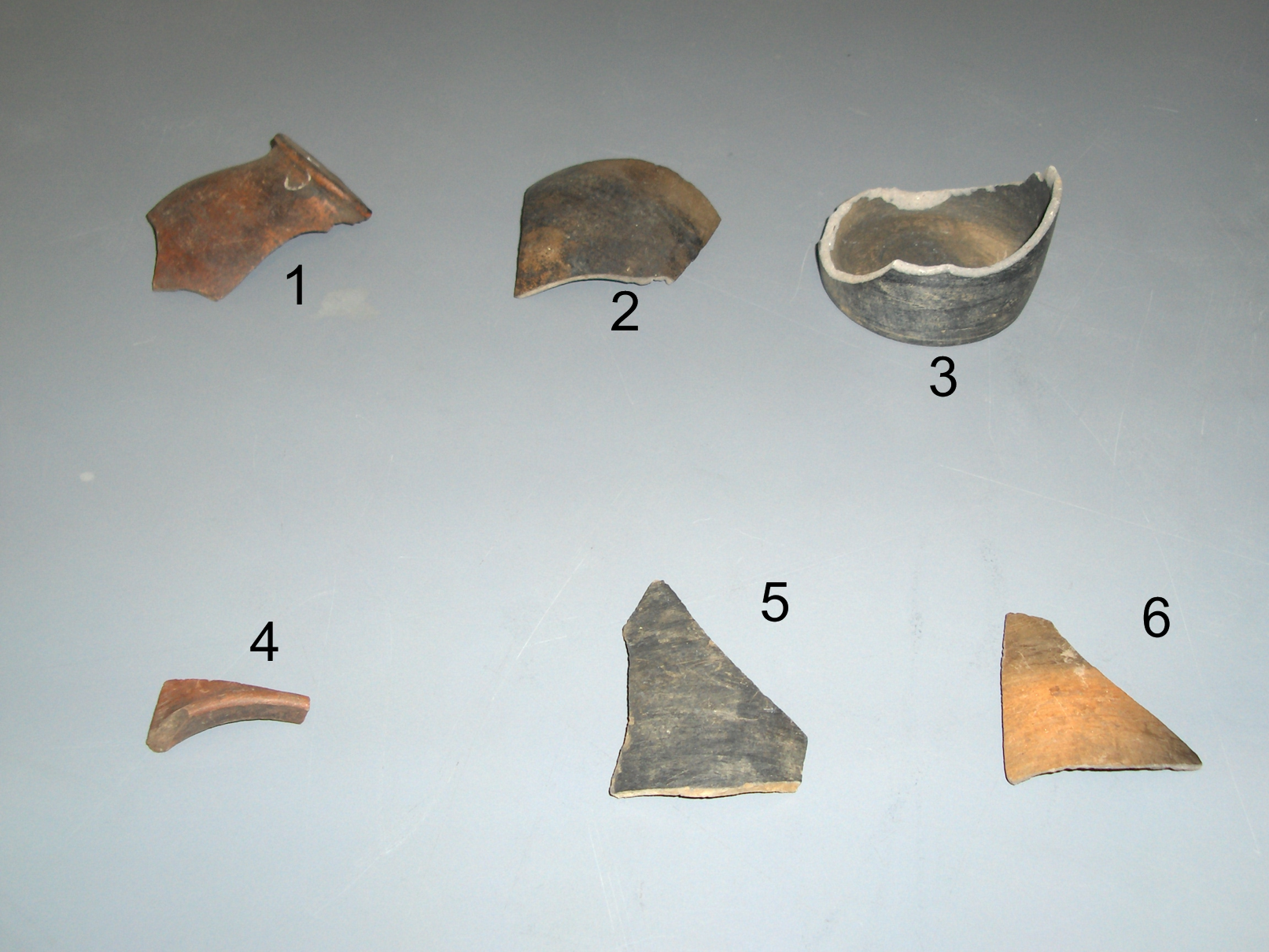
Figure 3: BR ware samples examined in the current study
As noted in Figure 3, the fine black ware samples are the following: BR 1 is a ring base from an open form, 5cm in diameter. The length of the sherd is 5.3cm and its wall thickness is 2.6mm. BR 2 is a 5.1cm long piece from the walls of an unknown vessel form, 2.1mm wall thickness. BR 3 is a flat base from a small goblet, 6cm in diameter and 2.5mm in wall thickness. BR 4 is a tiny piece of inflected rim, possibly from a bowl, 2.8cm long and 2mm thick. BR 5 is a 5cm long wall fragment from an unknown vessel form, 2.9mm in wall thickness. BR 6 is a 4.3cm long fragment from the walls of an unknown vessel form, 2.4mm in wall thickness.
All ARA samples have a smooth feel and the natural colour of their clay is pinkish bluff, except ARA 1 and ARA 3 which are orange red. No ARA samples are decorated or slipped. ARA 1, 2, 5 and 7 are covered with a thin red wash, while ARA 4 and 6 carry a light orange wash. All ARA samples are wheel-made with visible throwing-marks and external wiping marks produced on a spinning wheel. Open forms carry wiping marks on both external and internal surfaces. Their average wall thickness is 3.33mm, which suggests fine wheel-made functional pottery.
The BR sample have a smooth feel and the natural colour of their fracture is light to dark grey. All wares have been fired under reduced conditions. No BR sample carries decoration, except BR 1, which has some thin, external, incised lines. All BR samples are wheel made, black-burnished and carry wiping marks on their external surfaces. BR4 is a tiny fragment with no observable surface treatment, while BR 6 seems to have been incompletely burnished. The average wall thickness of BR samples is 2.4mm, which suggests thin-walled fine wares.
Sample examination under a compound microscope
Before thin section analysis, it was necessary to re-examine and compare the current ARA and BR samples under a compound microscope in order to confirm the presence of the two ware groups originally noted by Adams (ND). According to his suggestions, the present re-examination was carried on fresh breaks under a x10 compound microscope, supplemented by tests with 10% dilute hydrochloric acid. The latter test allowed the visual identification of calcareous inclusions according to the shapes of their voids (Orton et al. 1993, 256-7).
The new examination of fresh breaks under a 10x compound microscope verifies the previous fabric descriptions by Adams and the existence of two ware groups. The analysis also reveals some new inclusions, which were probably difficult to be identified on the field during the original rescue excavation. Some observations regarding these inclusions suggest a new theory regarding the origins of both wares.
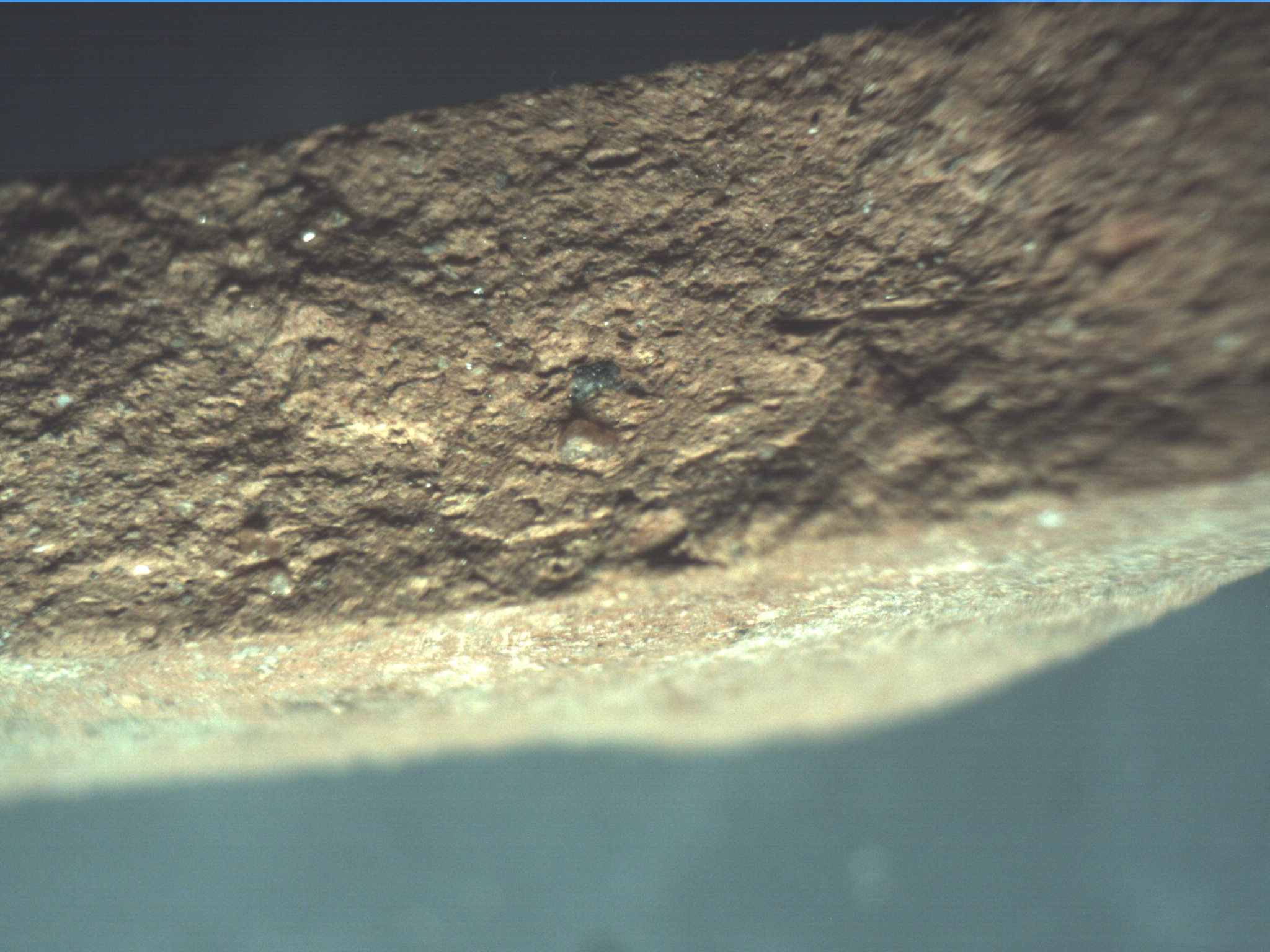
Figure 4: The fabric of sherd ARA 1, fresh snap under a compound microscope, 10x lens
The current microscopic examination shows that ARA wares have a fine texture and their inclusions are generally well sorted (e.g. Figure 4). ARA 1, 2, 4 and 7 contain elongated voids, possibly formed by burnt organic inclusions. Their clay is sandy with some mica (only ARA 7 is up to 5% micaceous), tempered with 3%-5% of unknown angular black particles and about 2% of sharp rocky fragments resembling flint. Some argillaceous light-brown inclusions, ranging between 2%-5%, are likely to be grog. However, these inclusions are relatively rounded and do not resemble crushed particles. ARA 1, 2, 4 and 7 do note react with 10% dilute hydrochloric acid and therefore, they are not calraceous. ARA 3 and 5 are different to all other ARA samples. They contain oval voids, some mica, sand, less than 2% of the usual unknown black particles and 2% of grog-like inclusions. The voids left after reaction with 10% dilute hydrochloric acid suggest the presence of shelly limestone. ARA 6 contains sand, organic voids, about 5% mica, 3% grog-like inclusions, elongated voids of shelly limestone and about 3%-5% of the usual unknown black particles.

Figure 5: The fabric of sherd BR 3, fresh snap under a compound microscope, 10x lens
The BR sample have fine texture and all their inclusions are generally well sorted (e.g. Figure 5). Their clay is over 20% micaceous. Six samples contain white rock fragments between 5%-10%. All samples react with 10% dilute hydrochloric acid, producing voids of limestone and calcite. Other inclusions are roughly 10% sand and between 2%-4% grog-like particles. All BR samples have thin elongated voids, suggesting organic matter that burnt out during firing. BR 3 is a possible exception: although its texture is similar to the other samples, it is tempered with large and highly visible angular particles resembling flint. The fabric of BR 5 is abundant of highly visible shelly limestone particles.
According to the current analysis of the material under a compound microscope, the ARA samples show greater variability compared to the BR samples. Of course, the total assemblage is small and such variability may be biased. The basic fabric characteristics of all ARA samples are the same as those described by Adams (ND); however, the presence of organic inclusions and mica were not noted in the past. Although local Egyptian clays are expected to be calcareous, ARA 1, 2, 4 and 7 did not react with 10% dilute hydrochloric acid. This is likely to suggest a different production area or a different fabrication practice.
By contrast to the ARA samples, the BR samples appear more likely to come from the same production area. Their sorting, texture, tempered inclusions (particularly organic) and reduced firing, probably suggest a single production centre. The presence of mica noted in fine black wares in the British Museum report (Bailey 1982) is also confirmed in relation to the current material. As noted earlier, previous thin sections of Egyptian amphorae have shown that mica is frequently found in Egyptian clays, not only from the Nile Delta region, but also from the areas around Aswan. Furthermore, the presence of common limestone in all BR sherds is likely to suggest that their production centre is Egypt instead of Asia Minor, which was originally suggested in the report by the British Museum. This possibility is examined in more detail further below.
Thin section microscopy
Thin section analysis was carried out on all ARA and BR samples selected for this pilot study. These thin sections show that ARA samples consist of a single fabric group, which is divided in two variants, a finer and a coarser one. Surprisingly, the BR samples not only consist of a single fabric group, but also demonstrate the same fabric compositions. This suggestion differs in relation to their analysis under a compound microscope. It appears likely that the examination of the material under a compound microscope was biased due to some visual differences, possibly attributed to variations in firing. Thin section microscopy, which is a more sophisticated technique compared to hand specimen examination, suggests that BR fabrics are standardised. The description of the thin sections for each sample in presented below.
ARA 1 (Figure 6) contains moderately sorted, angular to sub-angular quartz grains in a frequency between 20%-30%. Quartz grain sizes vary between 0.05mm-0.37mm. The fabric also contains about 2% angular chert grains, which range between 0.25mm-0.695mm. Other inclusions are mica, feldspars and pyroxenes, all in frequencies below 2%. Feldspars appear in fused tabular forms suggesting volcanic formations. ARA 1 contains some small iron oxide grains in a frequency below 1%. The grog-like inclusions, which were noted under the compound microscope, are in reality clay pellets. The voids inside the fabric are elongated and irregular suggesting organic matter and calcareous inclusions that burnt out; some rhomboid voids are likely to suggest the presence of calcite.
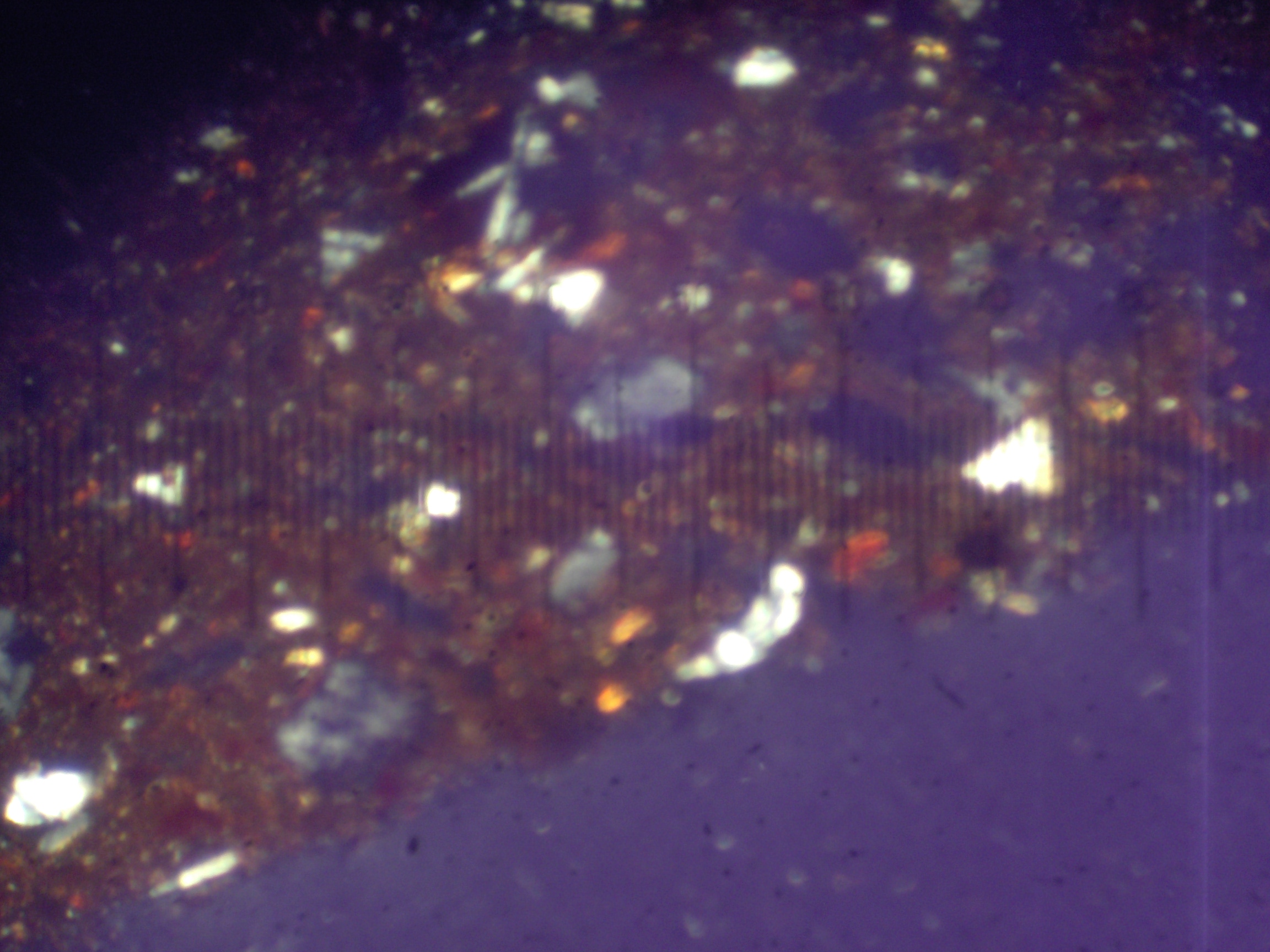
Figure 6: ARA 1 in thin section, polarised light, 10/0.25/160 lens with analyser
ARA 2 (Figure 7) contains well sorted, angular to sub-angular quartz grains in a frequency between 20%-25% and cherts in a frequency less than 2%. Quartz grain sizes vary between 0.05mm-0.375mm and chert grain sizes vary between 0.25mm-0.6mm. Mica, pyroxenes and feldspars are sparse; furthermore, some feldspar grains are tabular and fused, associated with volcanic parent rocks. Clay pellets appear in a frequency of roughly 3% and less than 1% of the fabric contains iron oxides. Rhomboid voids suggest the presence of calcite and elongated voids suggest the presence of organic matter that burnt out.

Figure 7: ARA 2 in thin section, polarised light, 10/0.25/160 lens with analyser
ARA 3 (Figure 8) contains well sorted, sub-angular quartz grains in a frequency of about 20%. Quartz grain sizes vary between 0.05mm-0.37mm. Other inclusions are less than 1% iron oxides, about 2% cherts and 4% clay pellets. Irregular and rhomboid voids suggest the presence of limestone and calcite.
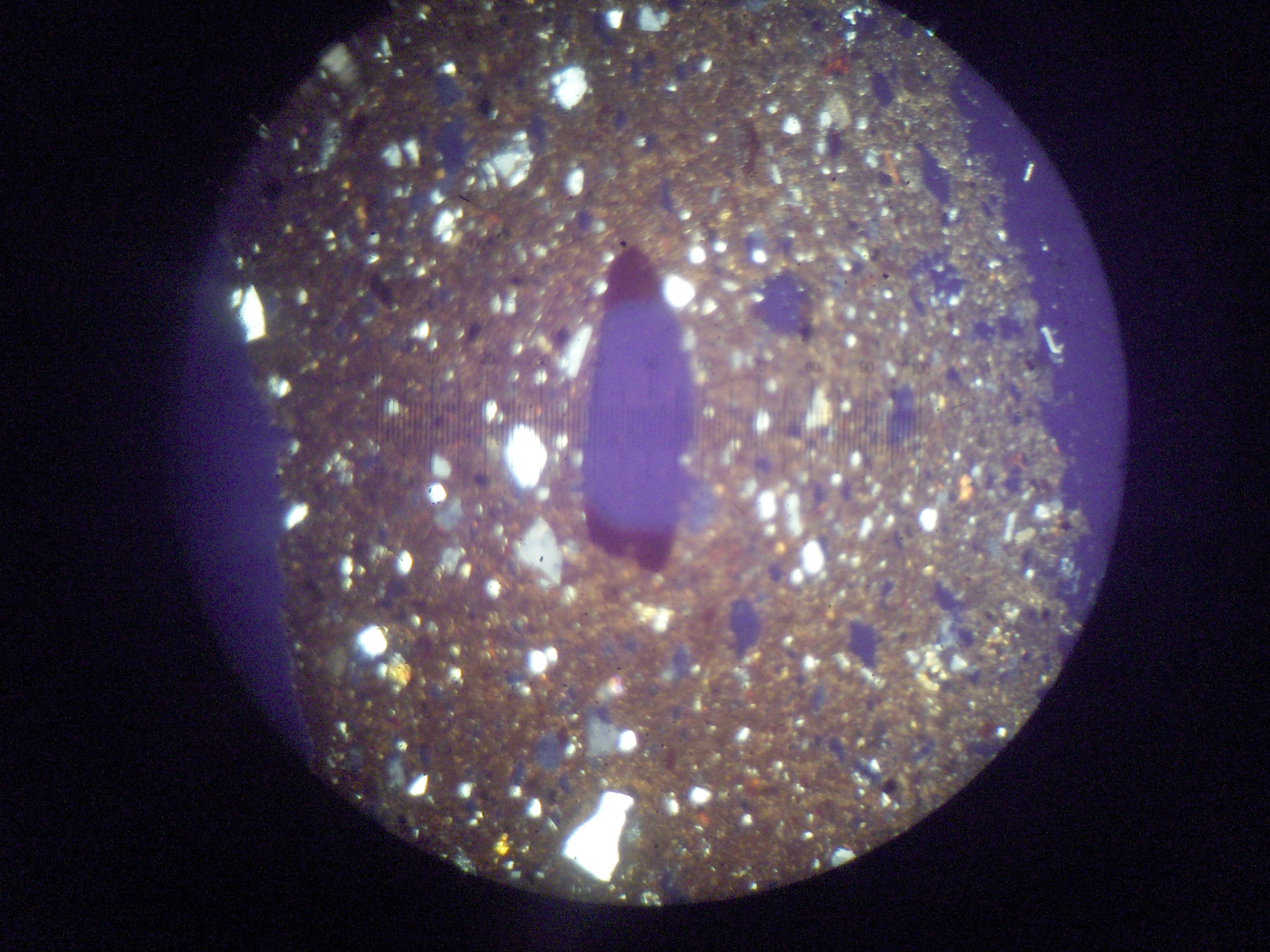
Figure 8: ARA 3 in thin section, polarised light, 10/0.25/160 lens with analyser
ARA 4 (Figure 9) contains well sorted, sub-angular quartz grains in a frequency between 15%-20%. Quartz grain sizes vary between 0.075mm-0.175mm. Other inclusions are feldspars in tabular forms, associated with volcanic parent rocks, about 2% pyroxenes, about 5% mica, less than 1% iron oxides and clay pellets roughly between 3%-4%. Rhomboid voids suggest the presence of calcite.

Figure 9: ARA 4 in thin section, polarised light, 10/0.25/160 lens with analyser
ARA 5 (Figure 10) contains well sorted, angular to sub-angular quartz grains in a frequency between 10%-25% and cherts in a frequency less than 2%. Quartz grain sizes vary between 0.05mm-0.175mm and chert grain sizes vary between 0.25mm-0.52mm. Other inclusions are feldspars in fused tabular forms associated with volcanic parent rocks, about 2% amphiboles, about 2% pyroxenes and mica between 5%-10%. Clay pellets appear in a frequency about 3%, while iron oxides appear in a frequency less than 1%. Elongate, irregular and rhomboid voids suggest a combination of organic matter, limestone and calcite.

Figure 10: ARA 5 in thin section, polarised light, 10/0.25/160 lens with analyser
ARA 6 (Figure 11) contains very well sorted, rounded to sub-angular quartz grains in a frequency between 30%-35%. Quartz grain sizes vary between 0.05mm-0.4mm. Other inclusions are about 2% feldspars, roughly 2% amphiboles, less than 2% pyroxenes, 2% mica, less than 1% iron oxides and roughly 2% clay pellets. A combination of elongated and rhomboid voids indicates the presence of organic matter and calcite.
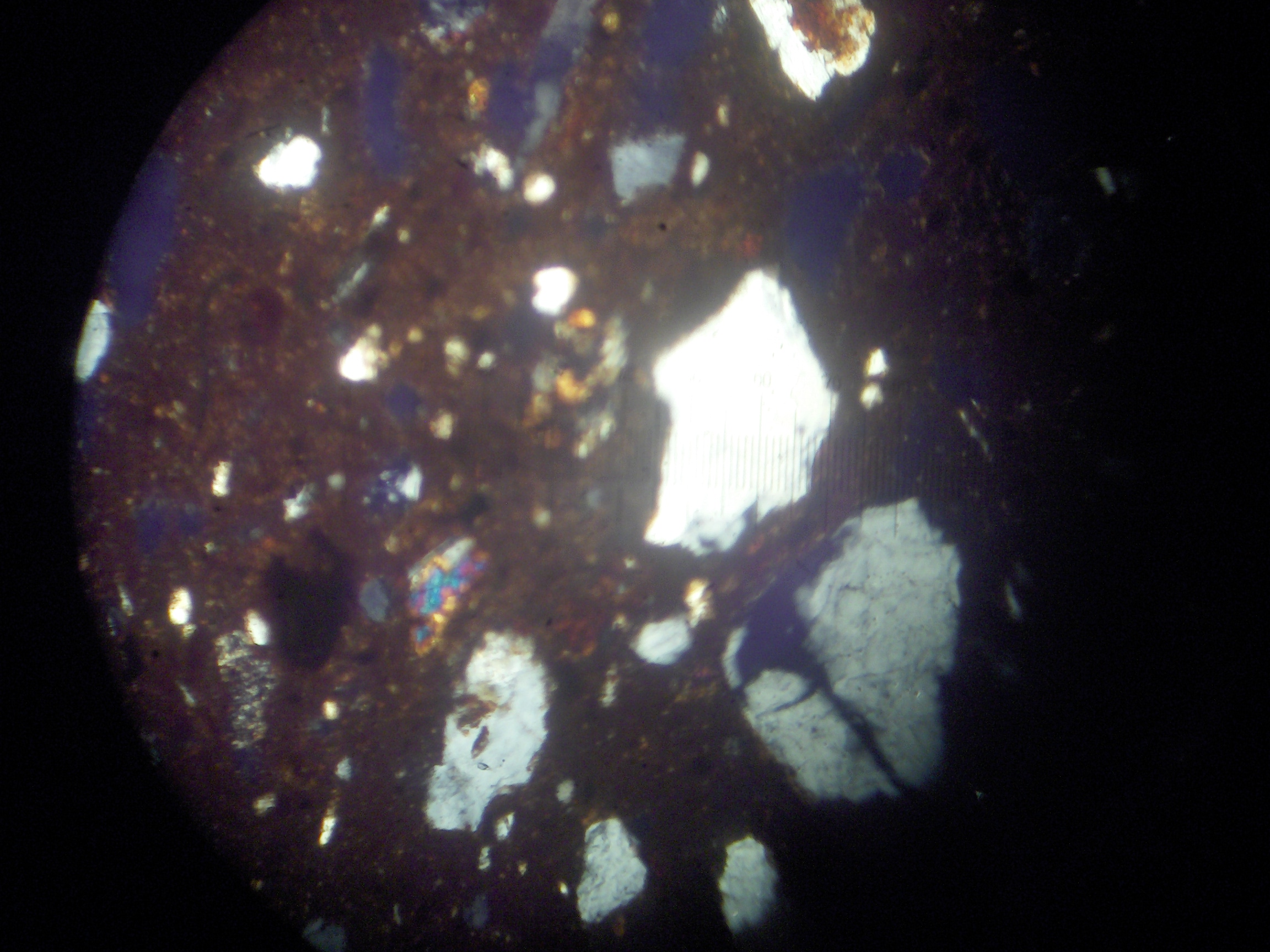
Figure 11: ARA 6 in thin section, polarised light, 10/0.25/160 lens with analyser
ARA 7 (Figure 12) contains moderately sorted, angular to sub-angular quartz grains in a frequency between 10%-20%. Quartz grain sizes vary between 0.08mm-0.4mm. Other inclusions are about 2% feldspars, pyroxenes between 2%-4%, amphiboles between 2%-4%, about 2% mica, less than 1% iron oxides and roughly 2% clay pellets. No feldspars are present. Elongated and rhomboid voids indicate the presence of organic matter and some calcite.

Figure 12: ARA 7 in thin section, polarised light, 10/0.25/160 lens with analyser
BR 1 (Figure 13) contains moderately to well sorted, sub-angular quartz grains in a frequency of 20%. Quartz grain sizes vary between 0.05mm-0.25mm. The matrix is up to 20% micaceous, tempered with 2% cherts, with grain sizes between 0.08mm-1mm. Other mineral inclusions are roughly 1% feldspars, 2% pyroxenes and 2% amphiboles. The fabric contains some elongated voids, indicating the presence of burnt organic matter; however, most voids are either irregular or rhomboid, indicating the presence of cherts, limestone and calcite.

Figure 13: BR 1 in thin section, polarised light, 10/0.25/160 lens with analyser
BR 2 (Figure 14) contains moderately sorted, sub-angular quartz grains in a frequency between 10%-15%. Quartz grain sizes vary between 0.125mm-1.25mm. The matrix is between 30%-35% micaceous, tempered with 2% cherts, with grain sizes between 0.06mm-1.2mm. Other mineral inclusions are roughly 2% feldspars, less than 1% iron oxides and about 1% amphiboles. The fabric contains elongated, irregular and rhomboid voids, indicating presence of organic matter, cherts, limestone and calcite.
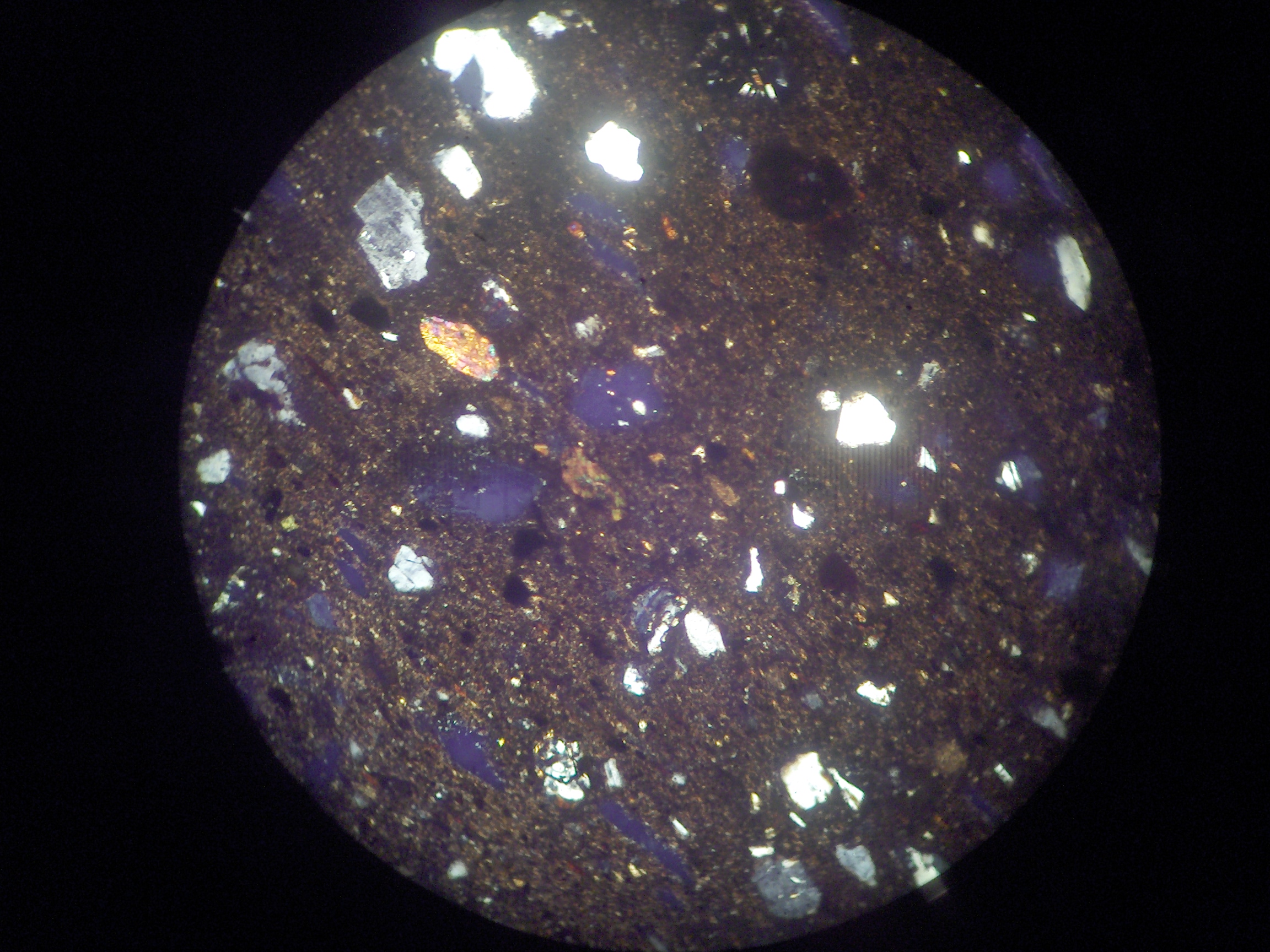
Figure 14: BR 2 in thin section, polarised light, 10/0.25/160 lens with analyser
BR 3 (Figure 15) contains moderately sorted, sub-angular quartz grains in a frequency between 10%-15%. Quartz grain sizes vary between 0.05mm-0.5mm. The matrix is between 10%-20% micaceous, tempered with 4% cherts, with grain sizes between 0.05mm-1.9mm. Other mineral inclusions are about 1% feldspars, less than 1% of iron oxides, 2% pyroxenes and 1% amphiboles. Most of the voids noted in the fabric are either large and irregular of medium to small rhomboid, indicating the presence of limestone and calcite.

Figure 15: BR 3 in thin section, polarised light, 10/0.25/160 lens with analyser
BR 4 (Figure 16) contains very well sorted, sub-angular to angular quartz grains in a frequency between 10%-15%. Quartz grain sizes vary between 0.05mm-0.175mm. The matrix is micaceous between 10%-20%. Cherts form roughly 2% of the matrix and their grain sizes vary between 0.05mm-0.7mm. Other mineral inclusions are 2% pyroxenes, less than 2% clay pellets and less than 1% of iron oxides. The fabric contains neither feldspars nor amphiboles. Elongated, irregular and rhomboid voids suggest presence of organic inclusions, limestone and calcite.
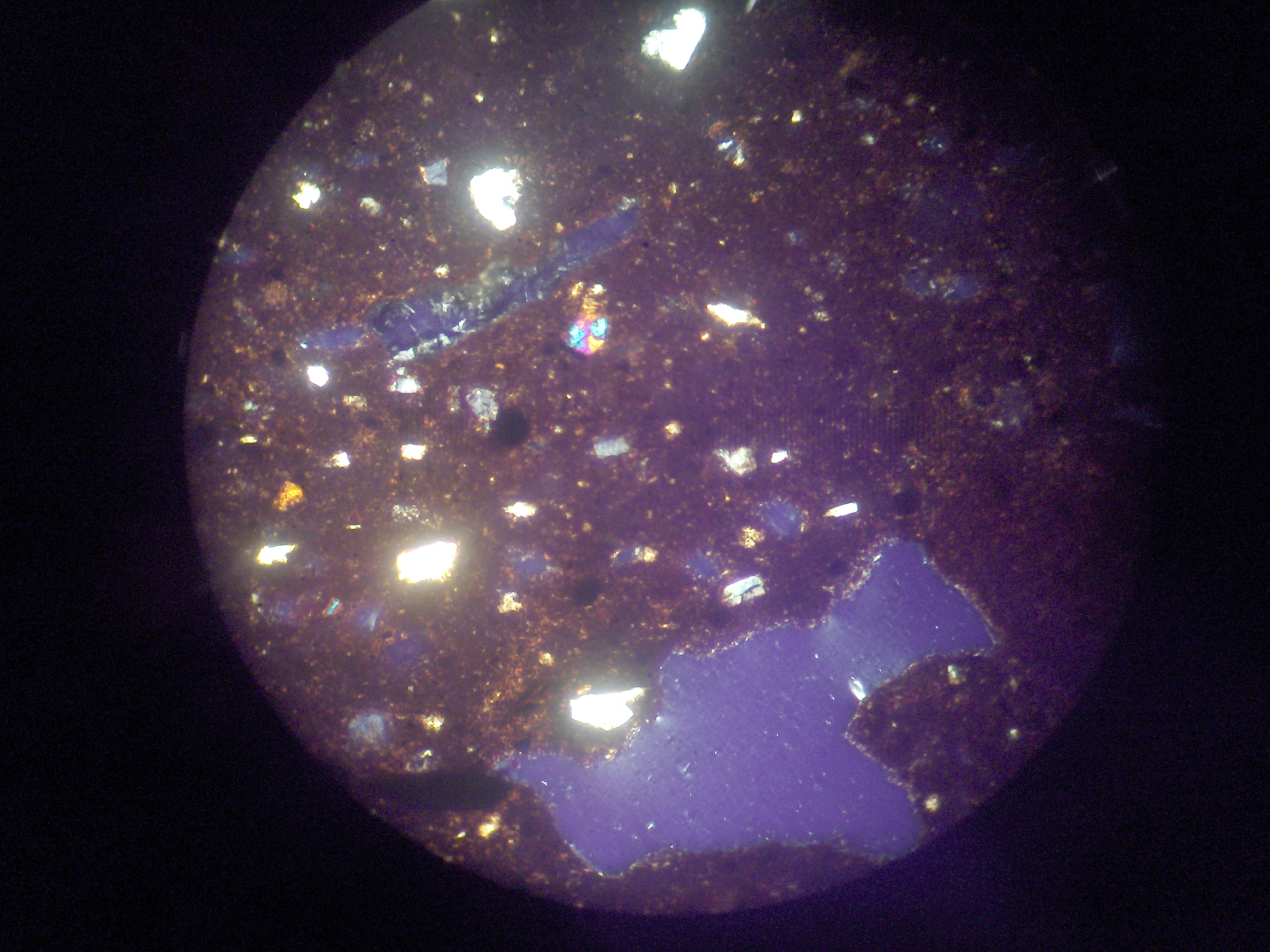
Figure 16: BR 4 in thin section, polarised light, 10/0.25/160 lens with analyser
BR 5 (Figure 17) contains well sorted, sub-angular to angular quartz grains in a frequency between 30%-35%. Quartz grain sizes vary between 0.02mm-0.25mm. The matrix is up to 30% micaceous. Cherts are less than 2% and their grain sizes vary between 0.05mm-0.2mm. Other mineral inclusions are 2%-4% pyroxenes and less than 1% iron oxides. The fabric contains neither feldspars nor amphiboles. Voids are either irregular or rhomboid, suggesting the presence of mostly limestone and calcite.
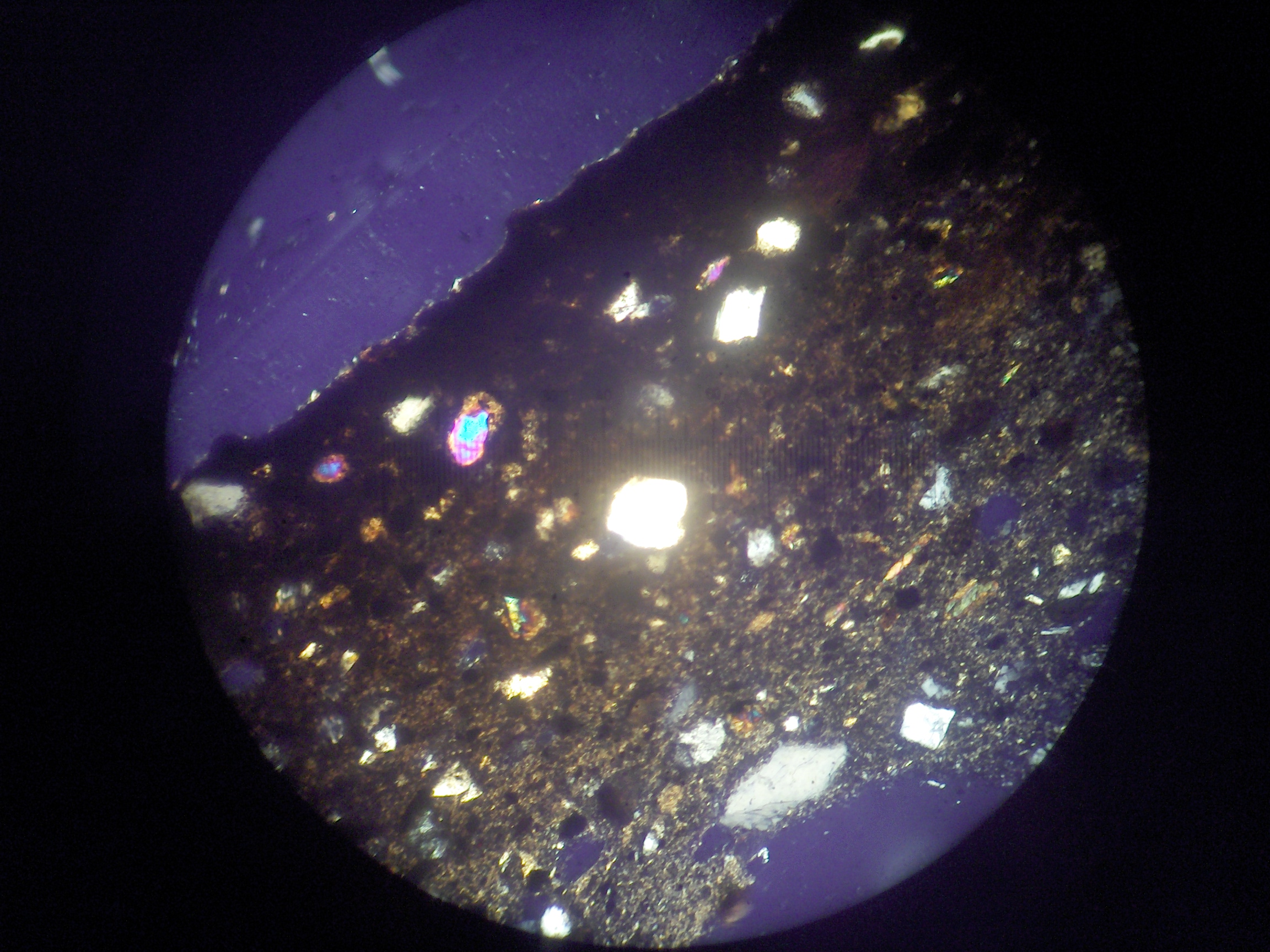
Figure 17: BR 5 in thin section, polarised light, 10/0.25/160 lens with analyser
BR 6 (Figure 21) contains very well sorted, sub-angular quartz grains in a frequency of 10%. Quartz grain sizes vary between 0.02mm-0.175mm. The matrix is almost up to 40% micaceous. Cherts are up to 2% and their grain sizes range between 0.25mm-1mm. Other mineral inclusions are up to 1% feldspars and about 2% pyroxenes. No amphiboles are observed. Elongated, irregular and rhomboid voids suggest presence of organic inclusions, limestone and calcite.
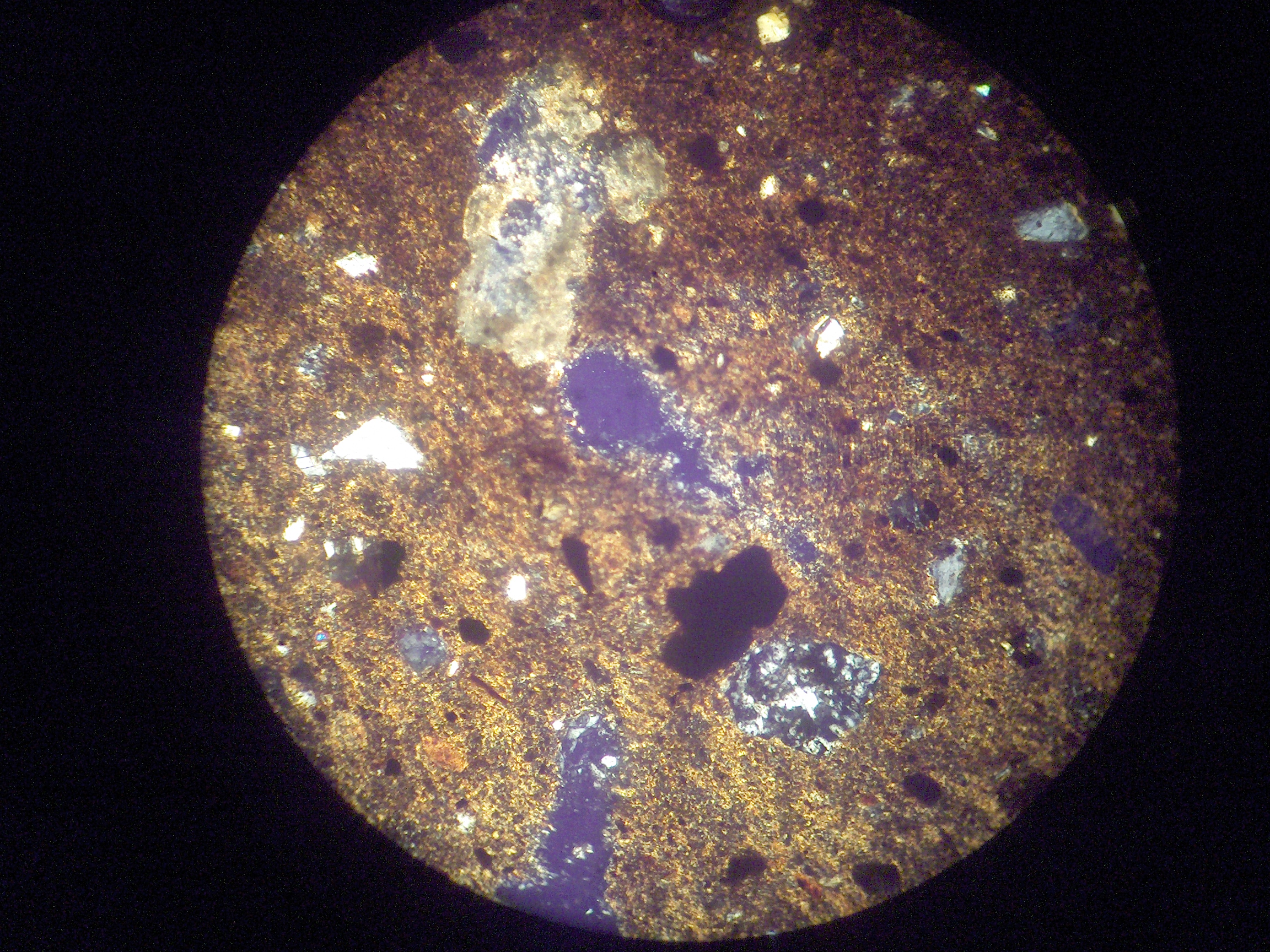
Figure 18: BR 6 in thin section, polarised light, 10/0.25/160 lens with analyser
Discussion and conclusions
The hand specimen examination of seven samples of Aswan pink table ware (ARA) and six samples of fine black ware (BR) confirms the properties of the two fabrics as these were originally described in the past. Furthermore, the current analysis shows that ARA wares are micaceous and contain organic tempers. The latter are in low frequencies and could be Nile impurities. Reaction tests with 10% dilute hydrochloric acid on both ARA and BR samples has allowed the determination of calcareous inclusions, which was not possible during the 1980 rescue excavation.
Both microscopic and thin section analyses on ARA samples suggests the presence of two fabric groups with similar inclusions, one in a finer and another one in a coarser version. Internal variability is likely to suggest that the ARA samples are unlikely to come from the same area around Qasr Ibrim. Their fabrics are caclareous and in some cases, the presence of limestone is likely to point towards a local clay source; however, fabrics have a moderately micaceous matrix, tempered with pyroxenes and fused feldspars in tabular forms, suggesting the presence of volcanic inclusions. These volcanic inclusions may not necessarily confirm an Egyptian/Lower Nubian origin for the Aswan pink table wares.
According the the geological map of the area presented by Schülter (2006, 219), the closest source of volcanic formations to Qasr Ibrim is located in East Sudan and more specifically, at the Red Sea coasts around Port Sudan. The geology of this region consists of Neoproterozoic schists, which are mostly metasediments, acidic and basic metavolcanic rocks and tuffs. It also contains gneisses and schists from the Meso-Paleo-Protozoic period, which are divided into granitic gneisses, migmatites, chamockitic granites, amphibolites, pyroxene granulites and metasediments. Finally, the broader area consists of basalts, rhyolites and trachytes from the Mesozoic period, which are also volcanic formations (Schuelter, 2006, 219).
For future confirmation, some new thin sections of pottery from East Sudan need to be produced and compared with the current thin sections of Aswan pink table ware. If there is a match, then it could be likely that the production of Aswan pink table wares extended in a larger area compared to the one we believe today. However, another possibility is equally likely. As the Nile flows from South to North, it is possible that the water carries fine volcanic rock fragments from the Southern territories, which are naturally mixed with river clays. Such mixtures might coincide with what Adams (ND) describes as Nile mud.
Finally the current pilot study suggests that the so-called ‘exotic’ fine black ware may not be as exotic as it was once thought to be. Both analyses under a compound and a petrographic microscope suggest that all BR samples are moderately micaceous. Such micaceous matrices are commonly encountered in many types of Roman amphorae from Egypt, made roughly during the same chronological period (Keay and Williams 2005a). This similarity could suggest that the Asian Minor origin of the BR fabric is unlikely. Furthermore, the fabrics of the current BR samples demonstrate similarities with the fabrics of the Late Roman Amphorae Type 7. Such amphorae are tempered with frequent grains of sub-angular quartz together with pyroxenes, flecks of muscovite and biotite mica, plagioclase feldspar and occasional limestone (Keay and Williams 2005b).
The current study suggests that fine black wares seem to be more typically Egyptian compared to the Aswan pink table wares; furthermore, they are likely to come from areas with micaceous and calcareous rock formations, which are common to the North of Aswan, though not as North as Lake Mariout and the Delta Region. The grey/black colour of such pottery is more likely to be the result of reduced firing, assisted by the presence of organic tempers inside the fabric.
Bibliography
Adams, W.Y., 1985, ‘Ptolemaic and Roman Occupation at Qasr Ibrim’, in Gens, F. and Thill, F. (eds.) Mélanges offerts à Jean Vercoutter, Paris: Éditions Recherche sur les civilisations, 9-17.
Adams, W.Y., 1983, ‘Primis and the “Aethiopian” frontier’, Journal of the American Research Centre in Egypt (20), 93-104.
Adams, W.Y., ND, Pottery Wares of the Ptolemaic and Roman Periods at Qasr Ibrim - Preliminary ware descriptions, University of Kentucky.
Bailey, D., 1982, Unpublished letter to Prof. William Adams on 19/7/1982, London: The British Museum (Archived material).
Furon, R., 1963, The Geology of Africa, translated by Hallam, A. and Stevens, L.A., Edinburgh and London: Oliver & Boyd.
Keay, S. and Williams D., 2005a, Roman Amphorae: a digital resource, University of Southampton, available at: http://ads.ahds.ac.uk/catalogue/archive/amphora_ahrb_2005/petrology.cfm?id=96 ,accessed on 20 December 2008.
Keay, S. and Williams D., 2005b, Roman Amphorae: a digital resource, University of Southampton, available at: http://ads.ahds.ac.uk/catalogue/archive/amphora_ahrb_2005/petrology.cfm?id=243 ,access on 20 December 2008.
Orton, C., Tyers, P. and Vince, A., 1993, Pottery in Archaeology, Cambridge: Cambridge University Press.
Schülter, T., 2006, Geological Atlas of Africa with Notes on Stratigraphy, Tectonics, Economic Geology, Geohazards and Geosites of Each Country, Berlin: Springer.
Wilkins, A., Barnard, H. and Rose, P.J., 2006, ‘Roman Artillery Balls from Qasr Ibrim’, Egypt, Sudan & Nubia (10), 64-78.